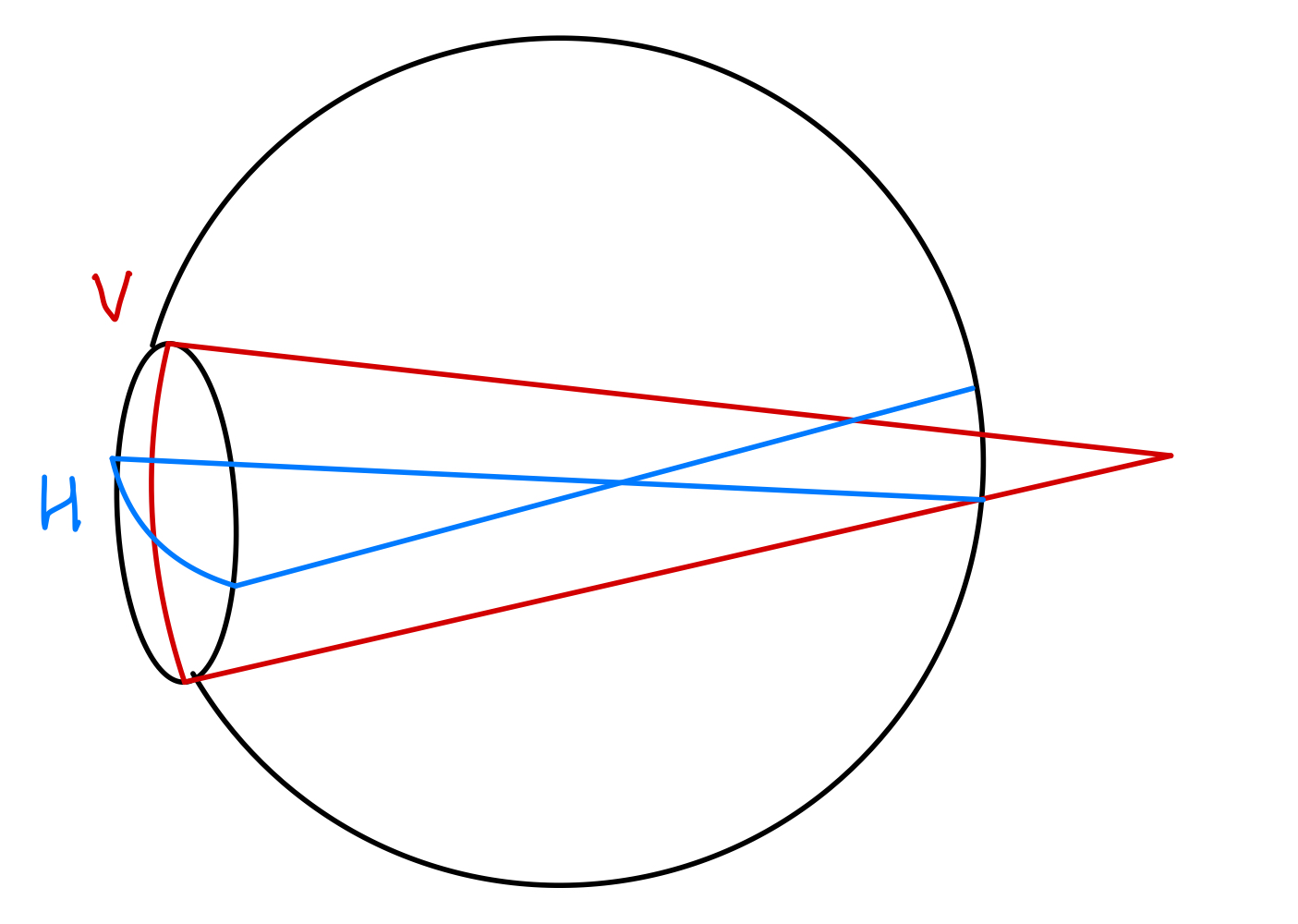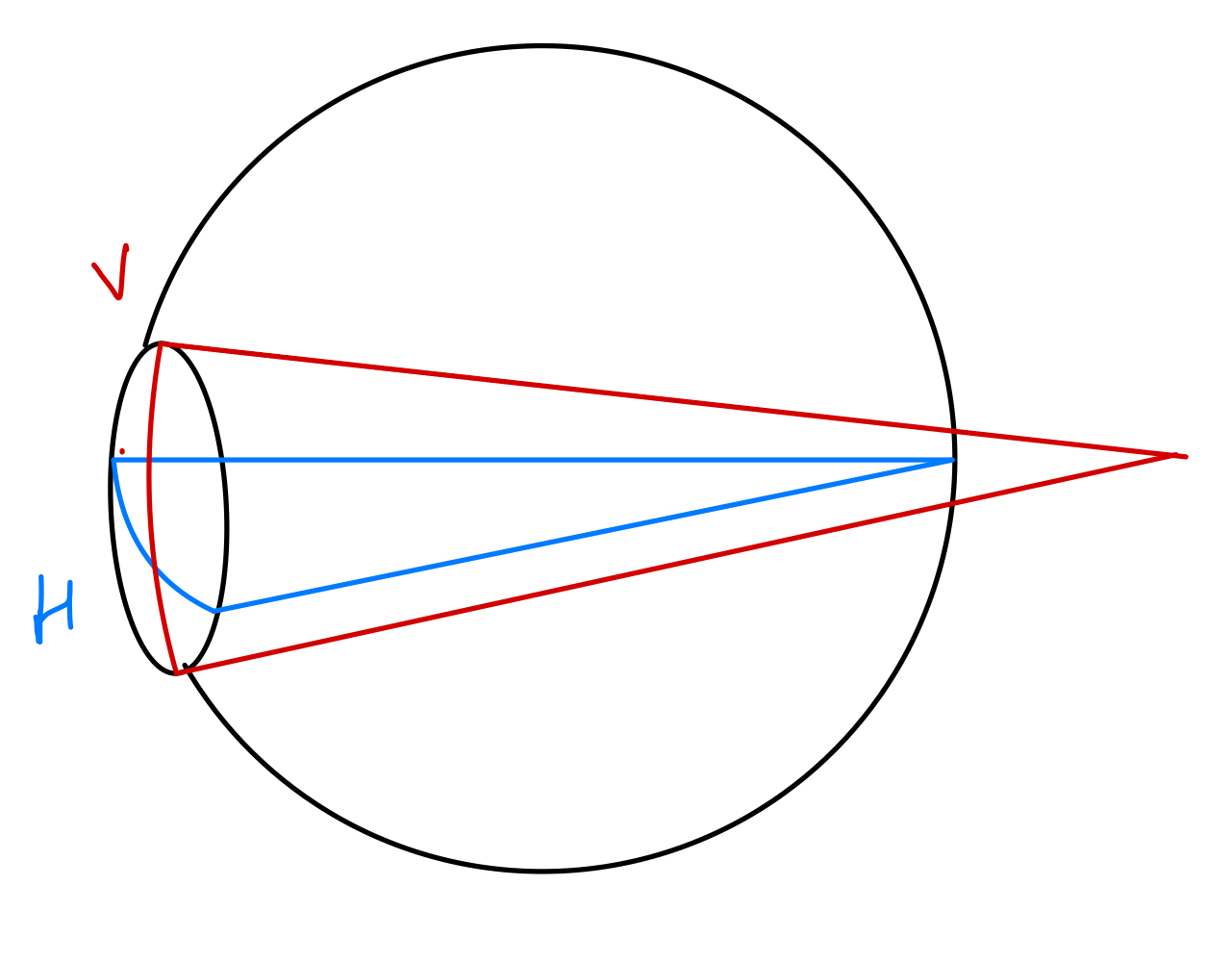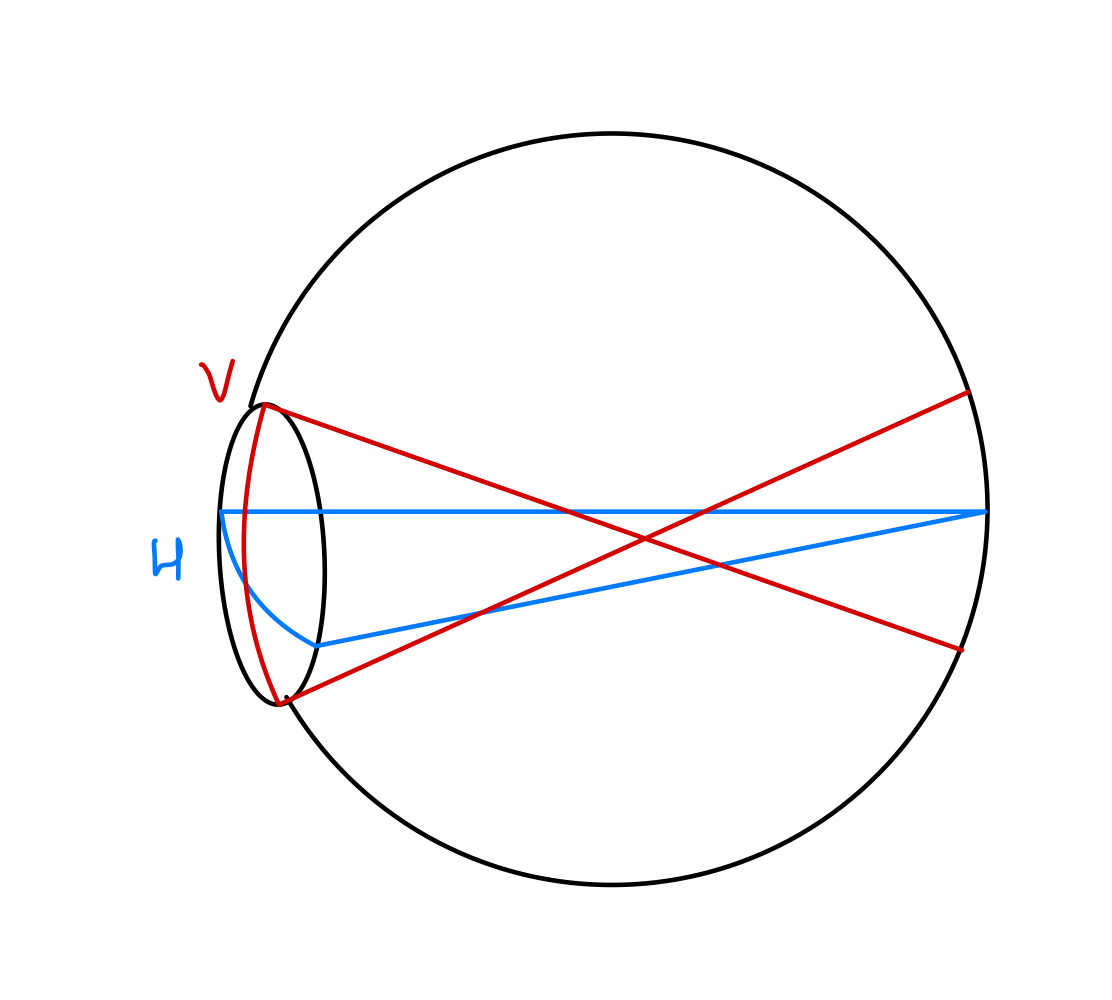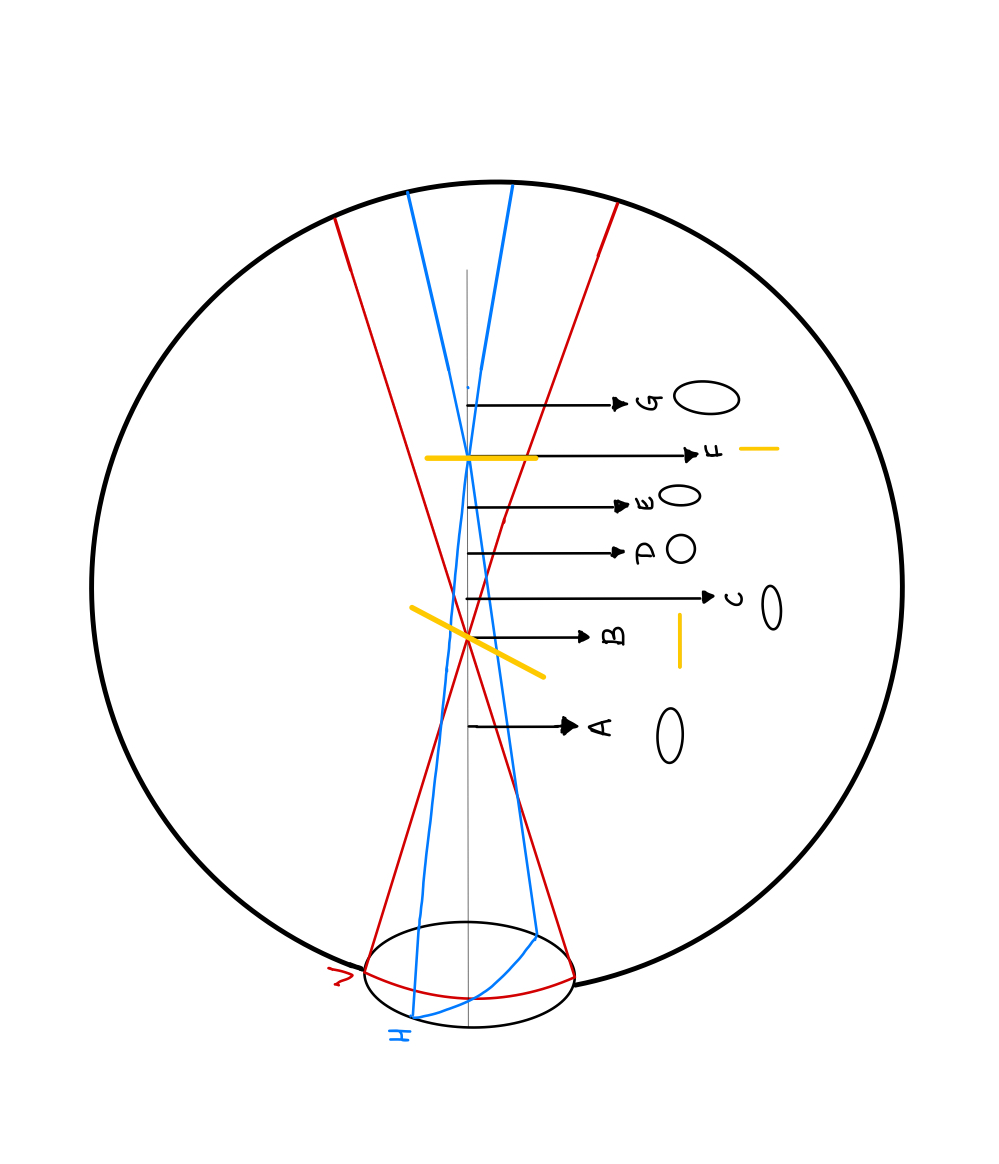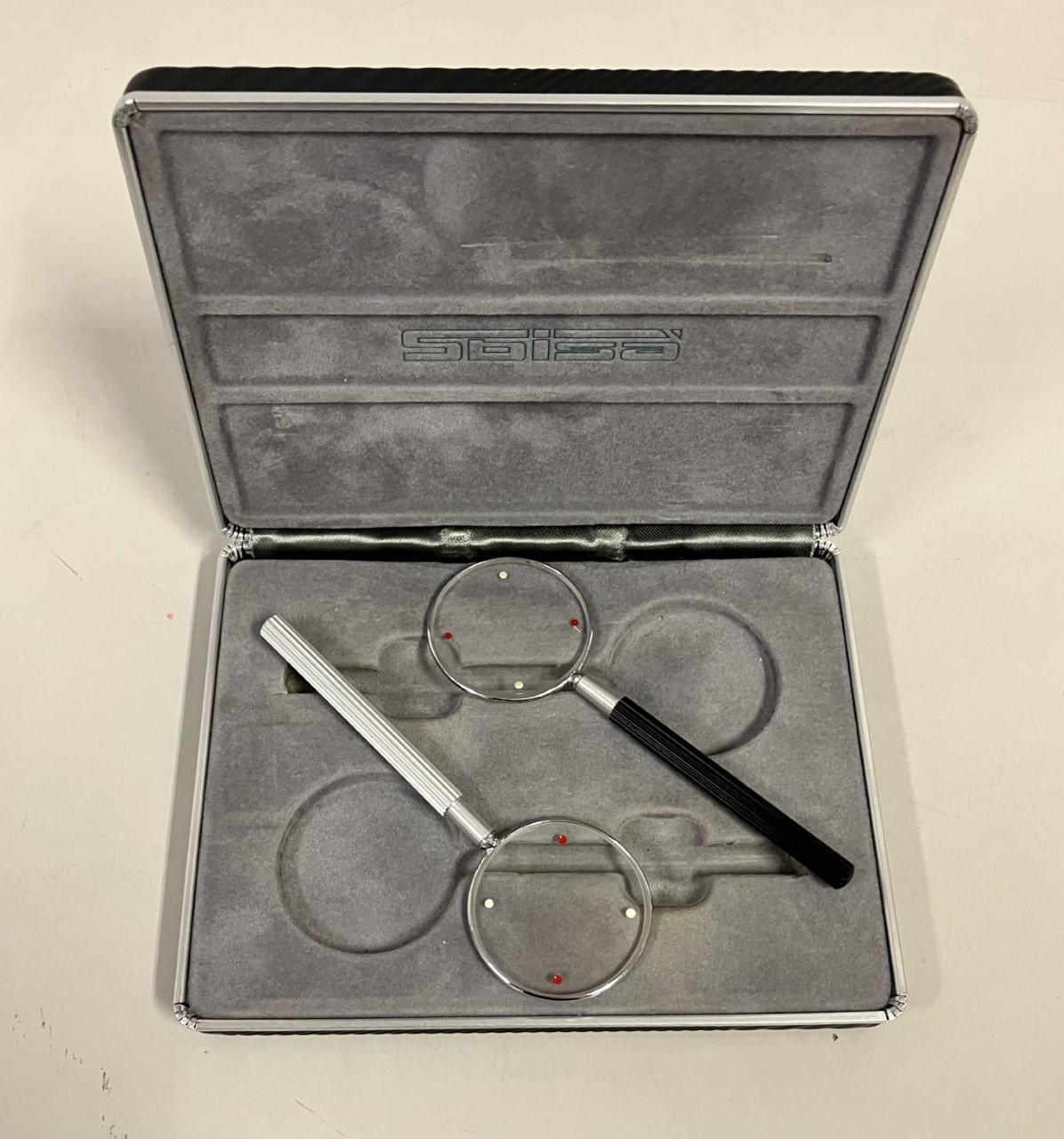[1]
Lin Q, Yang ET, Li L, Yu X, Liu HX, Zuo MJ, Liu HH, Chu YZ, Zhao JD, Zhang J. [A prospective cohort study on refractive status of schoolchildren in Huangzhong District, Xining City, Qinghai Province]. Zhonghua yu fang yi xue za zhi [Chinese journal of preventive medicine]. 2022 Sep 6:56(9):1251-1256. doi: 10.3760/cma.j.cn112150-20220408-00337. Epub
[PubMed PMID: 36207888]
Level 2 (mid-level) evidence
[2]
Adediran OA, Oluleye TS, Ayorinde OO, Ugalahi MO, Mpyet CD. Survey of Blindness in Saki East, Oyo State, Nigeria. Journal of the West African College of Surgeons. 2022 Jan-Mar:12(1):41-47. doi: 10.4103/jwas.jwas_65_22. Epub 2022 Aug 23
[PubMed PMID: 36203926]
Level 3 (low-level) evidence
[3]
Munsamy AJ, Govender-Poonsamy P. Myopia - a 21st-century pandemic leaving our children shortsighted? South African medical journal = Suid-Afrikaanse tydskrif vir geneeskunde. 2022 Aug 30:112(9):740. doi: 10.7196/SAMJ.2022.v112i9.16697. Epub 2022 Aug 30
[PubMed PMID: 36214044]
[4]
Tabernero J, Otero C, Pardhan S. A Comparison Between Refraction From an Adaptive Optics Visual Simulator and Clinical Refractions. Translational vision science & technology. 2020 Jun:9(7):23. doi: 10.1167/tvst.9.7.23. Epub 2020 Jun 22
[PubMed PMID: 32832229]
[5]
Metzger M, Navel V, Barrière JV, Kwiatkowski F, Hébraud J, Mulliez A, Béral L, Chiambaretta F, Dutheil F. Benefits of using corneal topography to choose subjective refraction technique in keratoconus (RE-CON): a prospective comparative crossover clinical study. Graefe's archive for clinical and experimental ophthalmology = Albrecht von Graefes Archiv fur klinische und experimentelle Ophthalmologie. 2022 Jan:260(1):197-207. doi: 10.1007/s00417-021-05382-y. Epub 2021 Aug 20
[PubMed PMID: 34415365]
Level 2 (mid-level) evidence
[8]
Koch DD. Revisiting the conoid of sturm. Journal of cataract and refractive surgery. 2006 Jul:32(7):1071-2
[PubMed PMID: 16857478]
[9]
Vincent M, Marin G, Legras R. Subjective Evaluation of Defocus and Astigmatism Combinations Using Image Simulation in Presbyopes. Optometry and vision science : official publication of the American Academy of Optometry. 2021 Jan 1:98(1):73-80. doi: 10.1097/OPX.0000000000001627. Epub
[PubMed PMID: 33394934]
[10]
Faria-E-Sousa SJ. Prescription for astigmatic ametropia revisited. Arquivos brasileiros de oftalmologia. 2020 Aug:83(4):342-345. doi: 10.5935/0004-2749.20200072. Epub 2020 Jul 29
[PubMed PMID: 32756795]
[11]
Ruan Y, Zhang Y, Ying X. Clinical Study on the Differential Diagnosis of High Myopia Astigmatism and Subclinical Keratoconus in Adolescents by Pentacam Anterior Segment Analyzer. Contrast media & molecular imaging. 2022:2022():6370791. doi: 10.1155/2022/6370791. Epub 2022 May 16
[PubMed PMID: 35655722]
[12]
Aljohani S, Aldakhil S, Alrasheed SH, Tan QQ, Alshammeri S. The Clinical Characteristics of Amblyopia in Children Under 17 Years of Age in Qassim Region, Saudi Arabia. Clinical ophthalmology (Auckland, N.Z.). 2022:16():2677-2684. doi: 10.2147/OPTH.S379550. Epub 2022 Aug 18
[PubMed PMID: 36003073]
[13]
Goggin M, LaHood BR, Roggia MF, Chen TS, Beheregaray S, Esterman A. Leftover Astigmatism: The Missing Link Between Measured and Calculated Posterior Corneal Astigmatism. Journal of refractive surgery (Thorofare, N.J. : 1995). 2022 Sep:38(9):559-564. doi: 10.3928/1081597X-20220623-02. Epub 2022 Sep 1
[PubMed PMID: 36098395]
[14]
Chen ZX, Jia WN, Jiang YX. Lens Biometry in Congenital Lens Deformities: A Swept-Source Anterior Segment OCT Analysis. Frontiers in medicine. 2021:8():774640. doi: 10.3389/fmed.2021.774640. Epub 2021 Dec 20
[PubMed PMID: 34988093]
[15]
Veselý P, Petrová S, Beneš P. Sensitivity and specificity in methods for examination of the eye astigmatism. Ceska a slovenska oftalmologie : casopis Ceske oftalmologicke spolecnosti a Slovenske oftalmologicke spolecnosti. 2020 Winter:75(6):310-314. doi: 10.31348/2019/6/3. Epub
[PubMed PMID: 32911946]
[17]
Musa MJ, Zeppieri M. Principles And Technique Of Fogging During Subjective Refraction. StatPearls. 2023 Jan:():
[PubMed PMID: 36251830]
[18]
Lara-Lacárcel F, Marín-Franch I, Fernández-Sánchez V, Riquelme-Nicolás R, López-Gil N. Objective changes in astigmatism during accommodation. Ophthalmic & physiological optics : the journal of the British College of Ophthalmic Opticians (Optometrists). 2021 Sep:41(5):1069-1075. doi: 10.1111/opo.12863. Epub 2021 Aug 19
[PubMed PMID: 34414587]
[19]
Gantz L, Schrader S, Ruben R, Zivotofsky AZ. Can the red-green duochrome test be used prior to correcting the refractive cylinder component? PloS one. 2015:10(3):e0118874. doi: 10.1371/journal.pone.0118874. Epub 2015 Mar 16
[PubMed PMID: 25775478]
[20]
Papadogiannis P, Romashchenko D, Vedhakrishnan S, Persson B, Lindskoog Pettersson A, Marcos S, Lundström L. Foveal and peripheral visual quality and accommodation with multifocal contact lenses. Journal of the Optical Society of America. A, Optics, image science, and vision. 2022 Jun 1:39(6):B39-B49. doi: 10.1364/JOSAA.450195. Epub
[PubMed PMID: 36215526]
Level 2 (mid-level) evidence
[21]
Novis C. Astigmatism and toric intraocular lenses. Current opinion in ophthalmology. 2000 Feb:11(1):47-50
[PubMed PMID: 10724827]
Level 3 (low-level) evidence
[22]
Gehring AM, Haensel JX, Curtiss MK, Roberts TL. Validation of the PowerRef 3 for Measuring Accommodation: Comparison With the Grand Seiko WAM-5500A Autorefractor. Translational vision science & technology. 2022 Oct 3:11(10):25. doi: 10.1167/tvst.11.10.25. Epub
[PubMed PMID: 36255360]
Level 1 (high-level) evidence
[23]
Karabulut M, Karabulut S, Karalezli A. Refractive outcomes of table-mounted and hand-held auto-refractometers in children: an observational cross-sectional study. BMC ophthalmology. 2021 Dec 9:21(1):424. doi: 10.1186/s12886-021-02199-5. Epub 2021 Dec 9
[PubMed PMID: 34879852]
Level 2 (mid-level) evidence
[24]
Li FF, Yang YZ, Bao FJ, Cheng D, Zhu J, Ye YF. Comparison of Astigmatic Correction With and Without Cross-axis Alignment During Small Incision Lenticule Extraction. Journal of refractive surgery (Thorofare, N.J. : 1995). 2022 Oct:38(10):624-631. doi: 10.3928/1081597X-20220830-01. Epub 2022 Oct 1
[PubMed PMID: 36214351]
[25]
Wan KH, Chang JSM, Jhanji V. Toric intraocular lenses for astigmatism correction after keratoplasty in phakic and pseudophakic eyes. Journal of cataract and refractive surgery. 2022 Sep 1:48(9):1078-1087. doi: 10.1097/j.jcrs.0000000000000907. Epub
[PubMed PMID: 35137695]
[26]
Matsuo T, Matsuo C, Kayano M, Mitsufuji A, Satou C, Matsuoka H. Photorefraction with Spot Vision Screener versus Visual Acuity Testing as Community-Based Preschool Vision Screening at the Age of 3.5 Years in Japan. International journal of environmental research and public health. 2022 Jul 16:19(14):. doi: 10.3390/ijerph19148655. Epub 2022 Jul 16
[PubMed PMID: 35886507]
[28]
Moore M, Loughman J, Butler JS, Ohlendorf A, Wahl S, Flitcroft DI. The Refractive Error and Vision Impairment Estimation with Spectacle Data Study. Ophthalmology science. 2022 Mar:2(1):100092. doi: 10.1016/j.xops.2021.100092. Epub 2021 Dec 17
[PubMed PMID: 36246180]
[30]
Musa M, Aluyi-Osa G, Zeppieri M. Foster Kennedy Syndrome (FKS): A Case Report. Clinics and practice. 2022 Jul 12:12(4):527-532. doi: 10.3390/clinpract12040056. Epub 2022 Jul 12
[PubMed PMID: 35892442]
Level 3 (low-level) evidence

